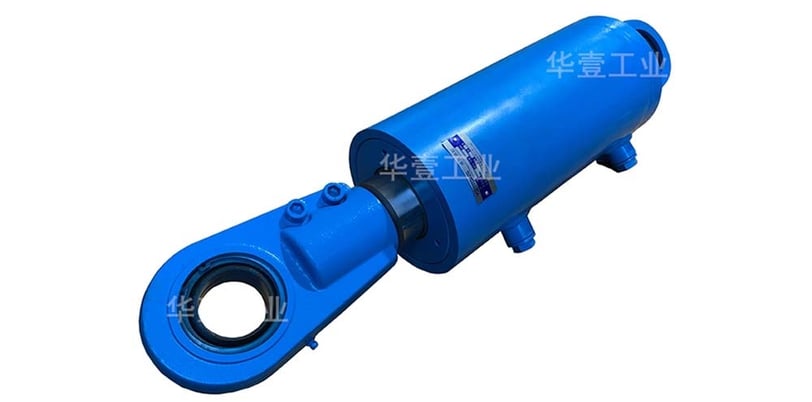Application Scenario Analysis of Yuken DG40 Drilling Machine Hydraulic Cylinder with Different Pressure Levels
1/19/20252 min read


Understanding the Yuken DG40 Drilling Machine
The Yuken DG40 drilling machine is renowned for its exceptional performance in various drilling operations. Its hydraulic system plays a pivotal role in achieving accurate drilling results. Choosing the right hydraulic cylinder, particularly one that can operate under different pressure levels, is crucial for optimizing the machine's efficiency and output.
Pressure Levels and Their Significance
Hydraulic systems in drilling machines like the Yuken DG40 can function under varying pressure levels. These levels directly impact the machine's drilling capabilities, speed, and overall efficiency. Understanding the implications of using different pressure levels can help operators make informed decisions to enhance performance. High-pressure operations can lead to faster drilling but may also increase wear on the hydraulic components, if not managed correctly. On the other hand, lower pressure settings offer a more controlled drilling process, reducing risk but potentially slowing overall progress.
Application Scenarios of the Hydraulic Cylinder
The application scenarios for the Yuken DG40 hydraulic cylinder are diverse, ranging from construction to geological exploration. For instance, in construction, higher pressure levels are often utilized to facilitate the rapid drilling of hard materials like concrete. Conversely, in geological exploration, the focus might be on precision and minimal disturbance, necessitating lower pressure levels.
When analyzing these application scenarios, it is essential to consider the type of material being drilled. Harder materials require robust hydraulic cylinders with the capability to withstand high pressure, while softer substrates might benefit from a more delicate approach with lower pressures. Operators must also be aware of the environmental conditions since factors such as temperature and moisture can affect the hydraulic system's performance.
In other drilling contexts, such as underwater or in confined spaces, the adaptability of the Yuken DG40's hydraulic cylinder under varying pressure settings becomes even more critical. The ability to adjust pressure levels enables the machine to perform efficiently across different environments, ensuring that it remains versatile and effectively meets project demands.
Conclusion
In conclusion, the application scenario analysis of the Yuken DG40 drilling machine's hydraulic cylinder, particularly concerning different pressure levels, reveals the intricate balance between efficiency and control in drilling operations. By understanding how pressure affects performance, operators can optimize their approach to achieve the best outcomes in various scenarios. Whether working in construction or exploration, prioritizing the right pressure settings will enhance the functionality of the Yuken DG40 and ensure operational success.
